With eyes wide open: Aerial electronic warfare. Part of 2
Ukrainian turboprop aircraft An-132
Near East
There is a lot of confusing information around the imaginary program on radio-technical reconnaissance aircraft (RTR), which Ukraine and Saudi Arabia announced in November 2016. IN the news there were reports that Saudi Arabia planned to buy up to six An-132 turboprop cargo aircraft, two of which will be configured for RTR missions. Tellingly, there is no information on the possible specification of these aircraft, or when they may be delivered to the Saudi Air Force.
However, at the International Defense Exhibition 2017 in Abu Dhabi, the state-owned Ukroboronprom reported that the exact specification of the RTR aircraft had yet to be agreed upon by the Saudi Air Force and the Ukrainian company. The representative Ukroboronproma could not give any information about when the configuration of the aircraft will be agreed or when the delivery of these platforms will begin. At the moment, the source added, the initiative remains only “on paper” with no indication of when the design phase will begin.
A year ago, reports flashed that the Egyptian Air Force would convert one of its Lockheed Martin C-130H / H30 military transport aircraft into an electronic intelligence platform; conversion will take the American company Sierra Nevada Corporation. No further information has been published regarding this initiative: when the rework will be completed and what RTR equipment can be installed on the aircraft. In 2003, the Egyptian Air Force upgraded its two C-130H jets with withdrawable pallets with RTR equipment to a configuration similar to the configuration of the EU-130H Compass Call aircraft of the US Air Force. The main objective of the modified Egyptian aircraft - the detection and jamming of hostile means of communication. Although the capabilities of the Egyptian Air Force aircraft are similar to those of American aircraft, they almost certainly did not include the systems with which the EU-130Н aircraft are equipped, their export is strictly prohibited in accordance with the American International Trade Rules weapons (ITAR). Interestingly, Tales offers an RTR container that can be mounted on C-130 family aircraft and is capable of collecting PTP data. France has close military ties with Egypt and the purchase of such a container for an Egyptian C-130H / H30 aircraft would allow the USA and Cairo to potentially bypass any ITAR restrictions on the assumption that this product is free from such restrictions. Similarly, Lockheed Martin supplies the Dragon Shield withdrawable PTP equipment for the C-130 family, including C-130 / H options. As noted above, Lockheed Martin participated in the 2003 year in the modernization of the Egyptian aircraft C-130H and possibly offered for them a version of Dragon Shield, not subject to the rules of ITAR.
North America
In December 2016, it was reported that US Army EC-130H aircraft were deployed in the Middle East, performing the important job of jamming IS communications and, thereby, hindering the operational control of the group. But much of the operation of the EC-130H aircraft is shrouded in a veil of secrecy. Information released in December 2016 by the US Air Force regarding the activity of EU-130H aircraft from the 43rd Expeditionary Electronic Jamming Squadron refers to Arabic interpreters accompanying EU-130H crews, whose task is to help prioritize the jamming of IS communications channels. Also in this message it is said that in October 2016, the EU-130N aircraft successfully interfered with the radio frequency channel that controls Drones, depriving the group of the ability to control and use such platforms.
Nevertheless, there is uncertainty regarding the prospects for the fleet of the EU-130N aircraft. In the summer of 2016, it was reported that the proposal of the US Air Force to transfer tasks of the EU-130N to smaller platforms, for example, business jets (business jets aviation) came across resistance from the Congressional Committee on Armed Forces. Then the air force made a request for the allocation of $ 165 million for the transfer of equipment from the EU-130N to such platforms.
EU-130Н airplanes play an important role in jamming communication means of the IG group and even prevent the use of UAVs.
The Air Force proposed to move the subsystems of the EC-130Н aircraft to a smaller business jet, which received the EU-2016В designation in May 37. Air Force plans provided for the purchase and conversion to the EU-37 standard of one Gulfstream G550 aircraft annually. The Air Force plans to buy a total of ten EU-37В aircraft to replace the existing 14 fleet of EU-130Н aircraft, seven of which are planned to be written off. As a result, the USAF could have at its disposal a mixed fleet of six EU-37В and eight EU-130Н until about 2025-2026 of the year. It is reported that the US Air Force requested the initial 165 million dollars in order to start the program to convert the first ten G550 to the EU-37В configuration for a total of about 1,6 billion dollars.
Plans for acquiring EU-37В aircraft raised many questions, not least because the Air Force planned to issue an uncontested contract to an industrial group consisting of Gulfstream and BAE Systems, the second of which would be responsible for the supply of RTR subsystems for equipping the EU aircraft 37B. Other potential players in the EU-130Н replacement project could be: Boeing, which offers a platform for collecting RTR based on its B737 airliner, and a consortium of Lockheed Martin and Bombardier with its proposal based on the Bombardier Global 5000 business jet. The scheme for replacing the EU-130Н aircraft with no alternative contractors drew criticism from the Senate Armed Services Committee. In the meantime, Bombardier filed a protest with the Government Accountability Office, which checks government spending, for a decision by the Air Force to issue a contract to a single contractor. It is difficult to say which way the EU-130Н aircraft will be replaced, however, based on the fact that the EU-130H fleet was purchased at the beginning of the 80-s and entered service with the US Air Force in the 1982 year, it is quite obvious that these aircraft need the earliest replacing.
Business aviation jamming
Business aviation or business jets are becoming more and more fashionable as RTR platforms. According to Israeli experts, this trend is determined by several factors. First, the miniaturization of electronic circuits according to Moore's law (named after Gordon Moore, co-founder of Intel Corporation, who claimed that the number of transistors of an integrated circuit doubles every two years) has led to a gradual reduction in the physical dimensions of radio electronic systems, which are an integral part of RTR data collection. Therefore, today it has become possible to install such equipment in relatively small planes, for example, G550, in comparison with large platforms in the style of RC-135V / W Rivet Joint, based on the family of Boeing В707 airliners. Secondly, business jets are attractive because they can offer both long range and high level of comfort. For example, according to the manufacturer, the G550 aircraft has a range of 12500 km, eclipsing the measly km 5500 that the RC-135V / W can boast. In addition to long-range business aviation aircraft provide crew with increased comfort, which in the world of RTR data collection is not a luxury, but a necessity. RTR missions can last several hours and comfortable conditions improve crew concentration.
The Dassault Faicon-2000 platform will form the basis of the future capabilities of the South Korean air force's radio intelligence
The Argentine Air Force clearly demonstrates the increasing trend of using business jets as RTR platforms. In July, 2016, images of the Learjet Model-35A, acquired by the country in 2013, appeared to collect RTR data. Open sources claim that the aircraft is equipped with a Tales Vigile-200 ESM system. According to Tales, this system operates in the radio frequency range from 500 MHz to 18 GHz. Of particular interest is the narrowband range from 500 MHz to 2 GHz. This part of the radio frequency spectrum is especially crowded, including the L and S bands, often used by ground-based radar of the airspace survey and maritime surveillance radars. Thus, the acquisition of this system will allow the armed forces of Argentina to make a detailed electronic map of such radars. In addition, the company Tales offers its Vigile-200 as a ship system for installation on surface and ships and submarines, as well as airplanes.
It is worth noting that the British Air Force purchased four ground-based radars in the 2015 year to monitor the air situation of the Saab Girafe-AMB in the amount of 75 million dollars, which will be delivered in 2017-2018 years. This radar operates in the C band and therefore the operating frequency range of the 0,5 MHz-18 GHz of the Vigile-200 system may give the Argentine Air Force some ability to detect and locate these radars deployed in the Falkland Islands, which are challenged by Argentina and the United Kingdom. Although the Argentine Air Force acquired the Learjet Model-35A as a platform for the RTR as early as 2013, the Vigile-200 system ordered in the same year was installed and installed on the aircraft only in 2016.
Russia
Russia is building up its capabilities for electronic warfare with the adoption of its IL-22PP "The Chopper" arming its air force. Local media claim that the delivery of the aircraft began in November 2016. As for its capabilities, there is very little specific technical information except for reports that the EW equipment of this jamming aircraft is capable of jamming the Northrop Grumman AN / APY-1 / 2 S-band radars installed on Boeing E- long-range radar detection aircraft. 3, and Raytheon AN / MPO-53 C-band ground-based radars, which are one of the main components of Raytheon MIM-104 Patriot anti-aircraft missile systems. The IL-22PP is a temporary solution to provide the Russian Air Force with the capability to detect and jam radar stations. IL-22PP is based on IL-18 turboprop transport aircraft, but in the long run, the Russian Air Force would like to purchase RTR platforms based on an aircraft with turbofan (turbojet) engines.
Aircraft-producing jammer and passing intelligence Il-22PP (OCD "Feller")
The activities of the Russian Air Force in the field of air warfare are not limited to the above-mentioned platform, because in December 2016, the Russian Ministry of Defense announced plans to increase the capabilities of Su-34 fighter-bombers by installing the RTR system. These aircraft will be installed suspended complexes RTR UKR-RT. The manufacturer of the complex is not called, although most likely it is Almaz-Antey concern. Open sources claim that the complex is able to detect and identify radio communications sessions and radars, which means that the system operates in the range from 0,5 MHz to 18 GHz. However, it is possible that this complex collects RTR data for further analysis on the ground or sends information to land and air platforms either in real or almost in real time, using radio frequency data transmission channels. It is not known whether the crew of the plane, consisting of two people, is trained to analyze the data from the ETR. It is possible that the deployment of the UKR-RT system on board this aircraft is a direct consequence of the Russian campaign in Syria in support of President Assad. The deployment of the RBM-RT system will allow the Russian Air Force and the Russian Army to accurately determine the coordinates of the militants' communications equipment that can be used to further neutralize them.
Airplane Learjet C-21A National Guard of North Dakota. Such aircraft form the basis of new capabilities for the collection of RTR data by the Argentine Air Forces.
Trends
The trend regarding the acquisition of business jets for RTR tasks is clearly visible in the planned purchases of the last two years. For example, in February 2017, it was reported that the Australian Air Force planned to buy two G550 aircraft with surveillance, reconnaissance and information acquisition equipment, which L3 was involved in integrating. These aircraft with RTR systems worth a total of 93,6 million dollars were to be delivered at the end of 2017 and the beginning of 2018. After being part of the Air Force, G550 aircraft can change the existing Lockheed Martin AP-3C Orion patrol aircraft, and their successors to the Boeing P-8A, taking over the functions of the RTR collection. The new aircraft will help increase the potential of the Australian Air Force in the field of electronic warfare, especially when working with Boeing EA-12G Growler EW aircraft and X-ray anti-radar missiles AGM-18B / E AARGM from Raytheon / ATK Orbital.
Description of anti-radar guided missile AGM-88B / E AARGM
In the meantime, Israel also plans to increase its RTR capabilities at the expense of business jets. Details regarding the type and number of platforms that Israel is going to buy, as well as the timing of the adoption of weapons, rather scarce. No doubt they will complement the existing G550 Shavit aircraft. Although neither the Israeli Air Force, nor Israel Aerospace Industries (IAI) confirm, it is quite possible that an RTR system similar in performance to an Airborne Integrated Signal Intelligence System developed by the IAI can be installed on an G550 Shavit aircraft, can monitor the range from 3001 MHz to 30 GHz to detect radio signals and the range from 1,2 MHz to 500 GHz to detect radar signals.
Продолжение следует ...
Articles from this series:
With eyes wide open: Aerial electronic warfare. Part of 1
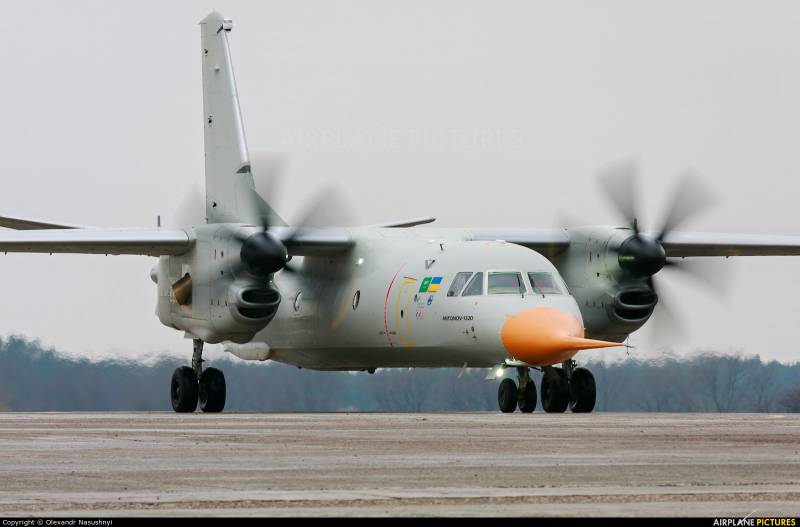
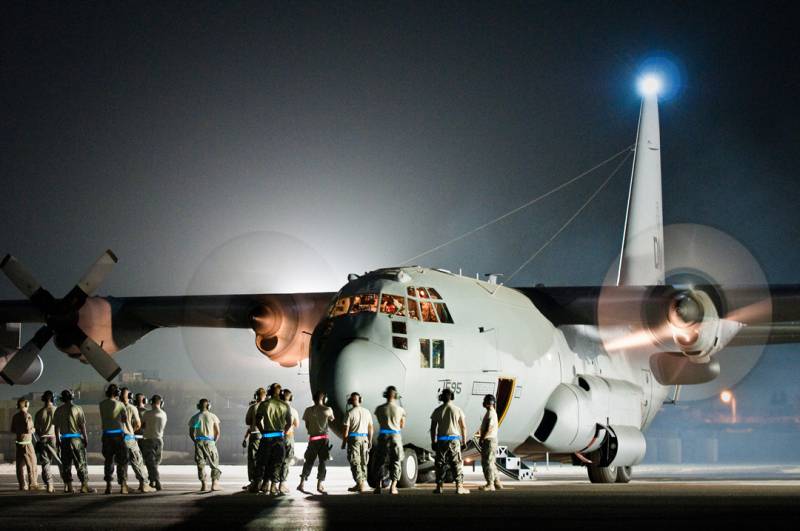
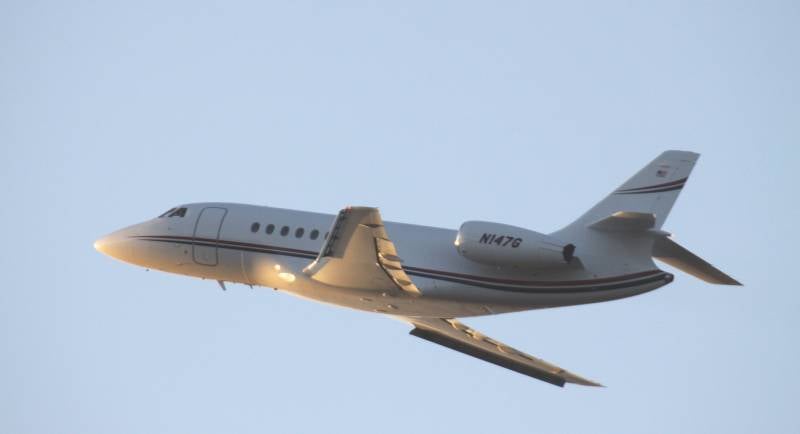
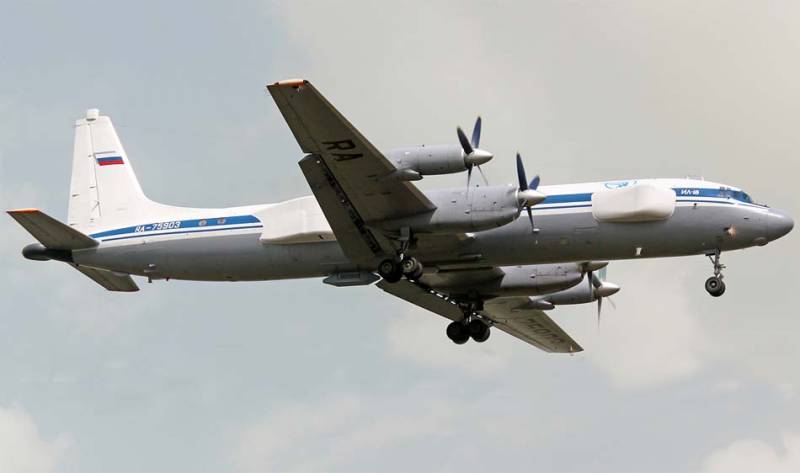
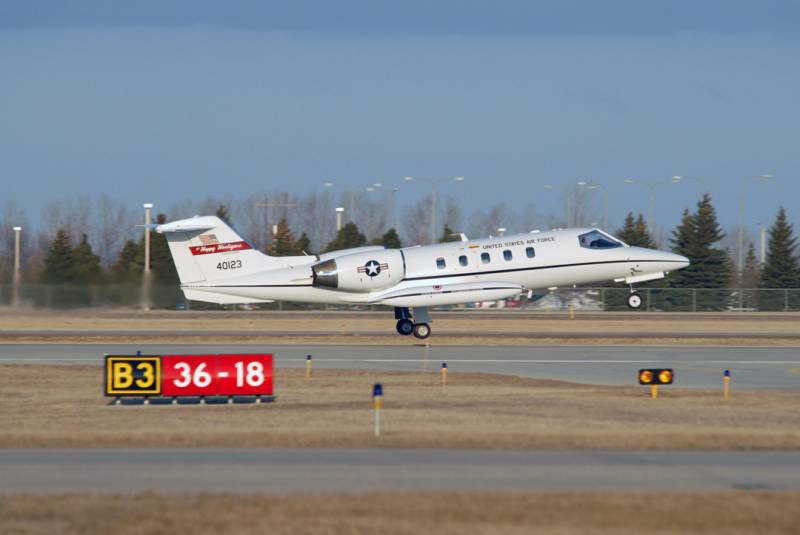
Information